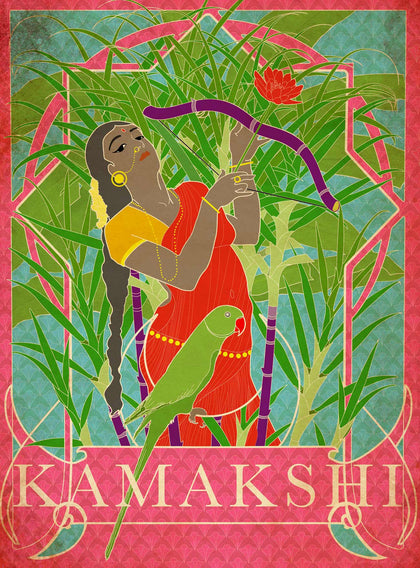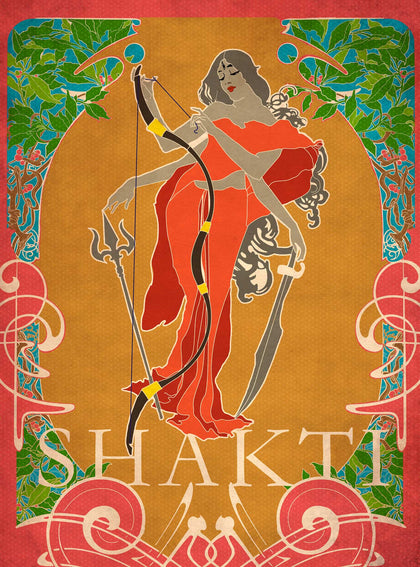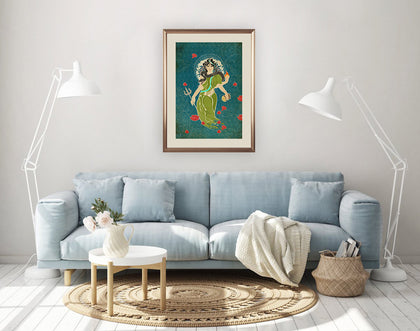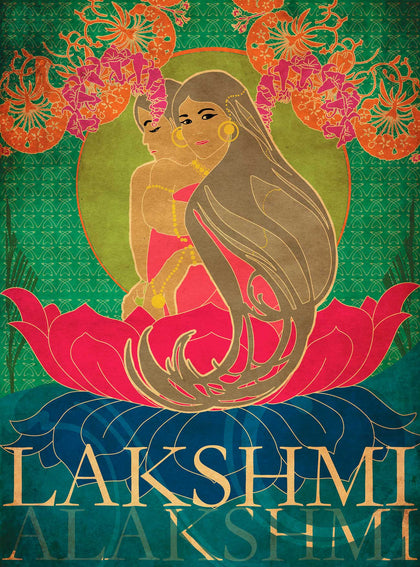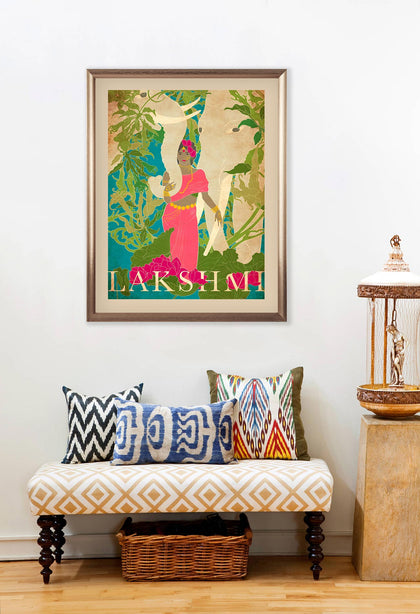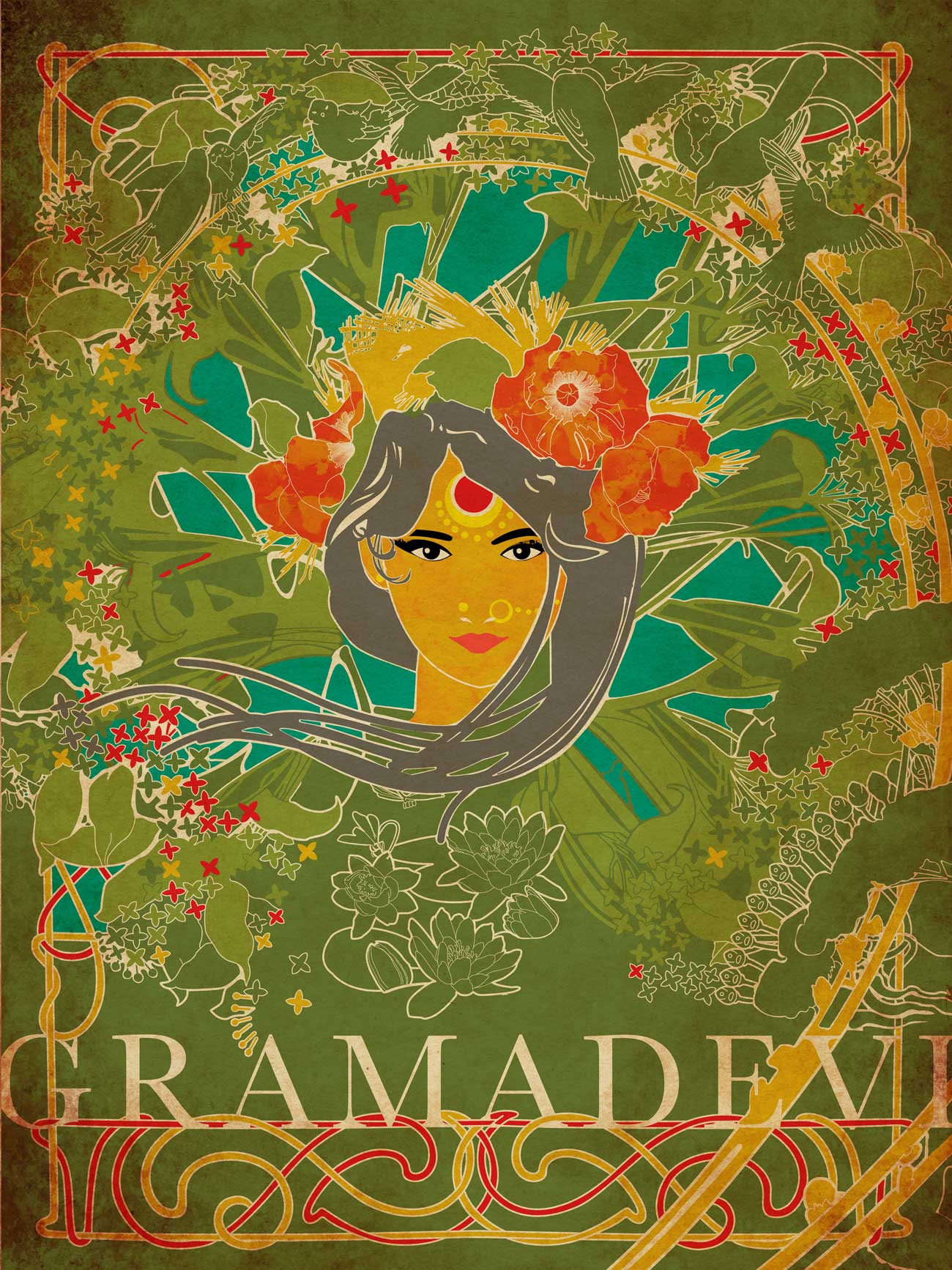Description
A head sitting upright on the ground, under a tree, outside, at the edge of a village. Her eyes appear through a coat of vermillion. Her body, (underground we assume), is the village - with its houses, fields and pastures, and her fertility keeping them abundant.
With no temple or priest, the goddess is only tended to by the women. A sisterhood that celebrates their mother every day. She is not universal, but local, she is specific and personal. She is yours and she is mine and she lives outside our village.
But once a year she comes undone, for her forests have been burnt, to sow again, her weeds uprooted, and body fenced up and owned. Wild and hungry she demands blood, and the village rushes to ease. Quenching her thirst, she is made whole again. Feasts are cooked and sacrifices made to replenish her wildness. Gestures repeated year after year to make her strong and blossom. An apology for killing her forest, and gratitude, for the gift she has given. A process by which we rewild our mother year after year after year.
About the Series:
This artwork is part of the “Sister Misfortune” series, through which the artist, Smruthi Gargi Eswar, narrates lesser-known stories from Indian mythology, while reflecting on the narrative surrounding women in our culture. Various Indian goddesses (devis) are depicted with a refreshing artistic lens.
In India, there is a constant burden on women to be “Devi-like”. Through this series, the artist attempts a reverse deification of the goddesses, making them appear like real women, in a real world. The series is an exploration not just of duality, but of multiplicity. It compels us to question our attitudes - women towards themselves, men towards women. How does the idea of a goddess coexist within every woman? How do we, as a society, so casually dismiss, disrespect, disregard, and defile in our everyday existence, those who we have bedecked with gold and enshrined in a temple?






















































































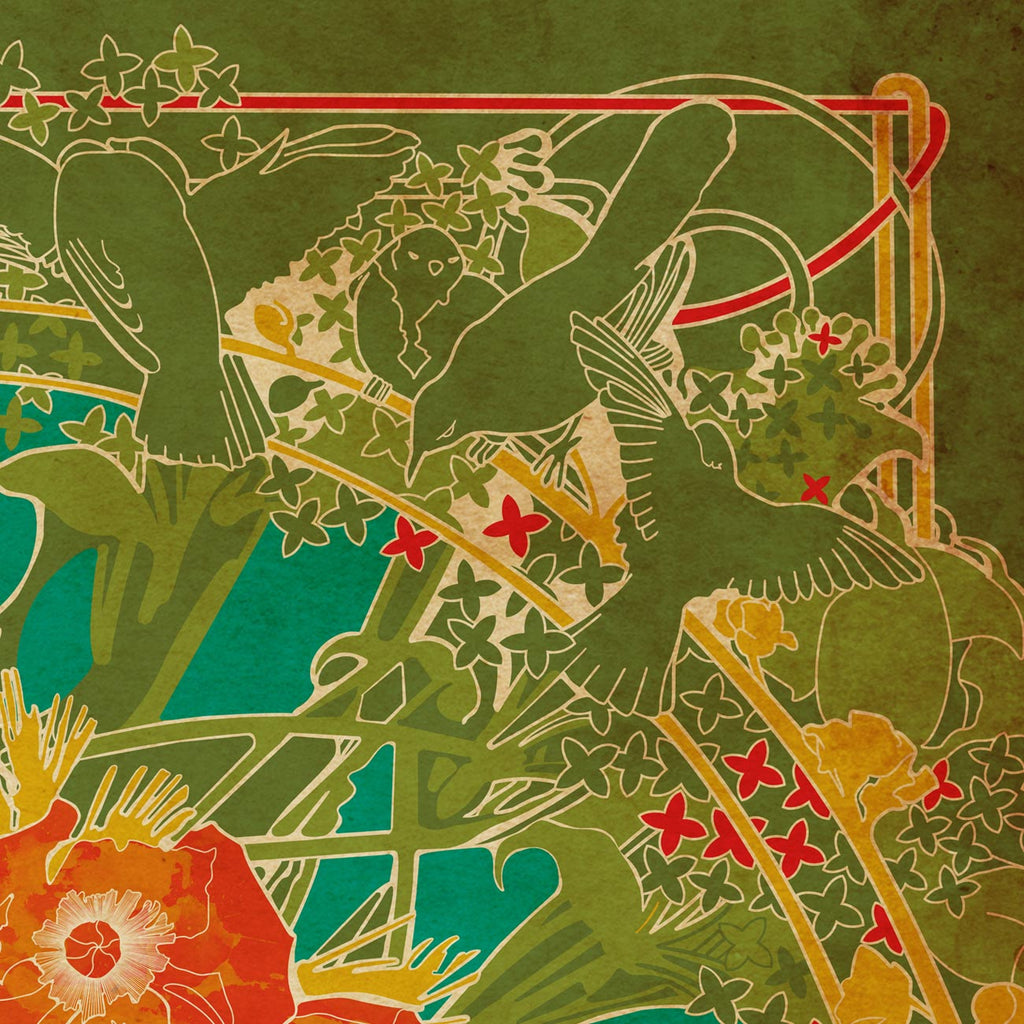

 View Full Screen
View Full Screen































